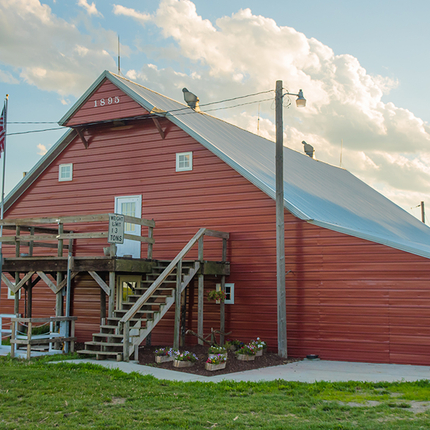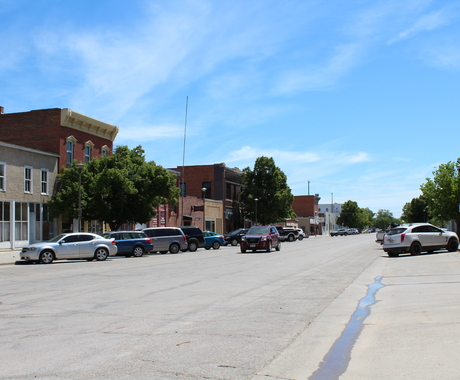Barns. They stand proudly against blue skies along the interstate, a highway, or even a lonely gravel road. Some are the centerpiece of a family farm, often as big or bigger than the old farmhouse near it. Others are modest in size, standing alone in the middle of a field, surrounded by crops, or are shadowed figures hidden by decades of overgrowth on long-abandoned homesteads.
These wooden time capsules are now being replaced by modern, metal versions. Brightly colored machine sheds take up space where many family barns once stood. However, on some farms and ranches, barns that have stood the test of time by providing decades of shelter for livestock and storage for feed can get a new shot a life; a chance to live on for generations to come.
Barn restoration may seem like a tedious undertaking. With the right tools and resources, the task is not only manageable, but also worth the effort to preserve the hard work and dedication of farm and ranch families of the past.
Financial assistance may also be available to aid in this process. Through state and federal tax credits or incentives, you can breathe new life into an old structure.
There are several steps owners must take to be eligible for barn restoration funding.
Declaration of historic significance
Many states will insist your barn be registered with the National Register of Historic Places. Tax credits and incentives only apply to barns or other buildings that have been designated as historic places and produce an income.
To determine where you stand, explore the different options the National Register offers.
Property tax incentives
Most states have an option for property tax incentives. This means your local government has to approve the use of the incentive within that jurisdiction. Your local government and/or state historic preservation office will be able to tell you if you can take advantage of these incentives.
Depreciation
When a restored or rehabilitated building is used for business purposes, depreciation may be claimed to the extent of the taxpayer’s basis in the property, including funds provided by the taxpayer for rehabilitation.
Internal Revenue Service (IRS) rules state barns are usually depreciable over 20 years. If a credit is claimed, depreciation is generally limited to straight line depreciation, which is the same allowance each year during the 20-year life. Otherwise, it might be possible to step up depreciation to one and one-half times the straight line rate.
Grants and loans for private individuals
Grant and loan programs are very limited for private individuals; however, it’s a good idea to see if you can find any local assistance. Get in touch with your area preservation organization, state historic preservation office, county development office, and/or statewide preservation organization to see if they can help in any way.
Let the restoration begin!
Once these steps are taken, you may be eligible for much-deserved assistance to preserve history and tradition for generations to come!
For additional information and guidance on your restoration journey, the best national resource specifically for barns is the National Barn Alliance.
Local groups that are particularly active and may have funding activities are The Iowa Barn Foundation and Michigan Barn Preservation Network. (A list of other local groups and resources can be found on the National Barn Alliance resource page.)
Other reference sites are National Trust for Historic Preservation and USDA Barn Restoration.
Feature photo: The Kai Family Barn near Pender, Nebraska, was restored in 2014. The barn now serves as an event space. | Photo by Kylie Kai





